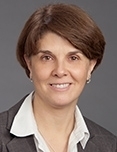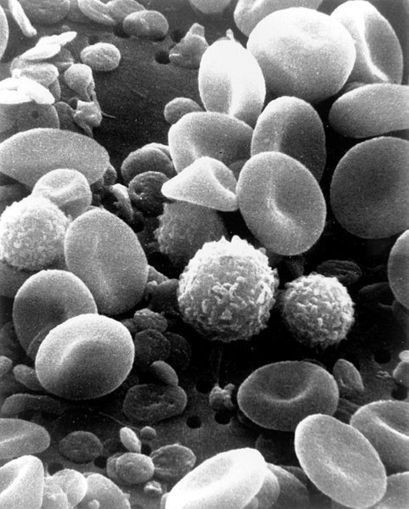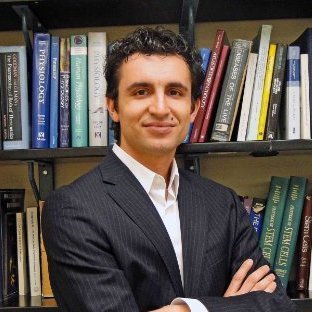Mesenchymal stem/stromal cells have unique properties favorable to their use in clinical practice and have been studied for cardiac repair. However, these cells are larger than coronary microvessels and there is controversy about the risk of embolization and microinfarctions, which could jeopardize the safety and efficacy of intracoronary route for their delivery. The index of microcirculatory resistance (IMR) is an invasive method for quantitatively assessing the coronary microcirculation status. In a recent publication in PlosOne, BERG-iBB researchers in collaboration with colleagues from the Department of Cardiology at Hospital de Santa Marta and from the Faculty of Veterinary Medicine at University of Lisbon have examined heart microcirculation in a swine model after intracoronary injection of mesenchymal stem/stromal cells with the index of microcirculatory resistance. Overall, the study provides definitive evidence of microcirculatory disruption upon intracoronary administration of mesenchymal stem/stromal cells, in a large animal model closely resembling human cardiac physiology, function and anatomy.
Research and publish the best content.
Get Started for FREE
Sign up with Facebook Sign up with X
I don't have a Facebook or a X account
Already have an account: Login
 Your new post is loading... Your new post is loading...
 Your new post is loading... Your new post is loading...
No comment yet.
Sign up to comment
|
|

















